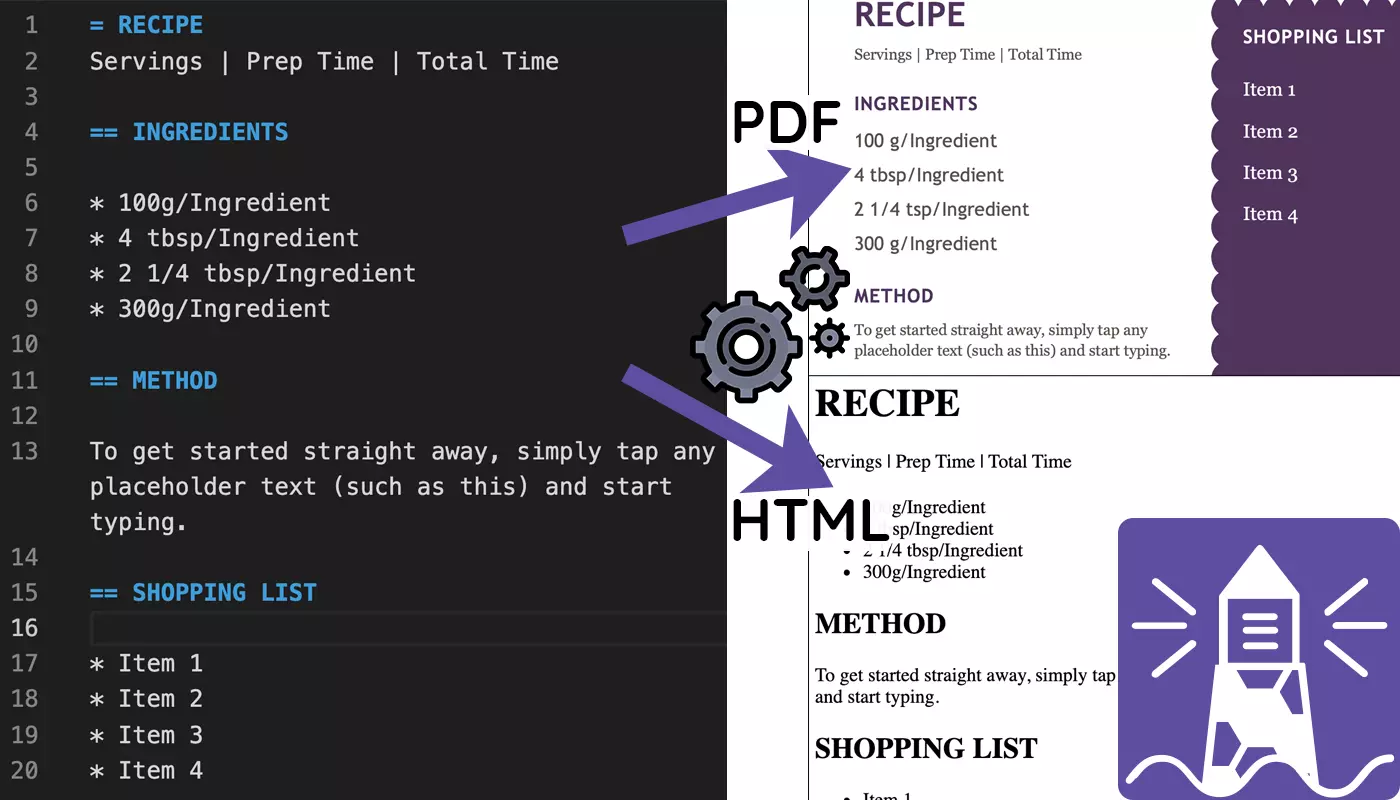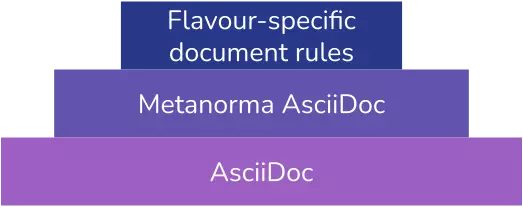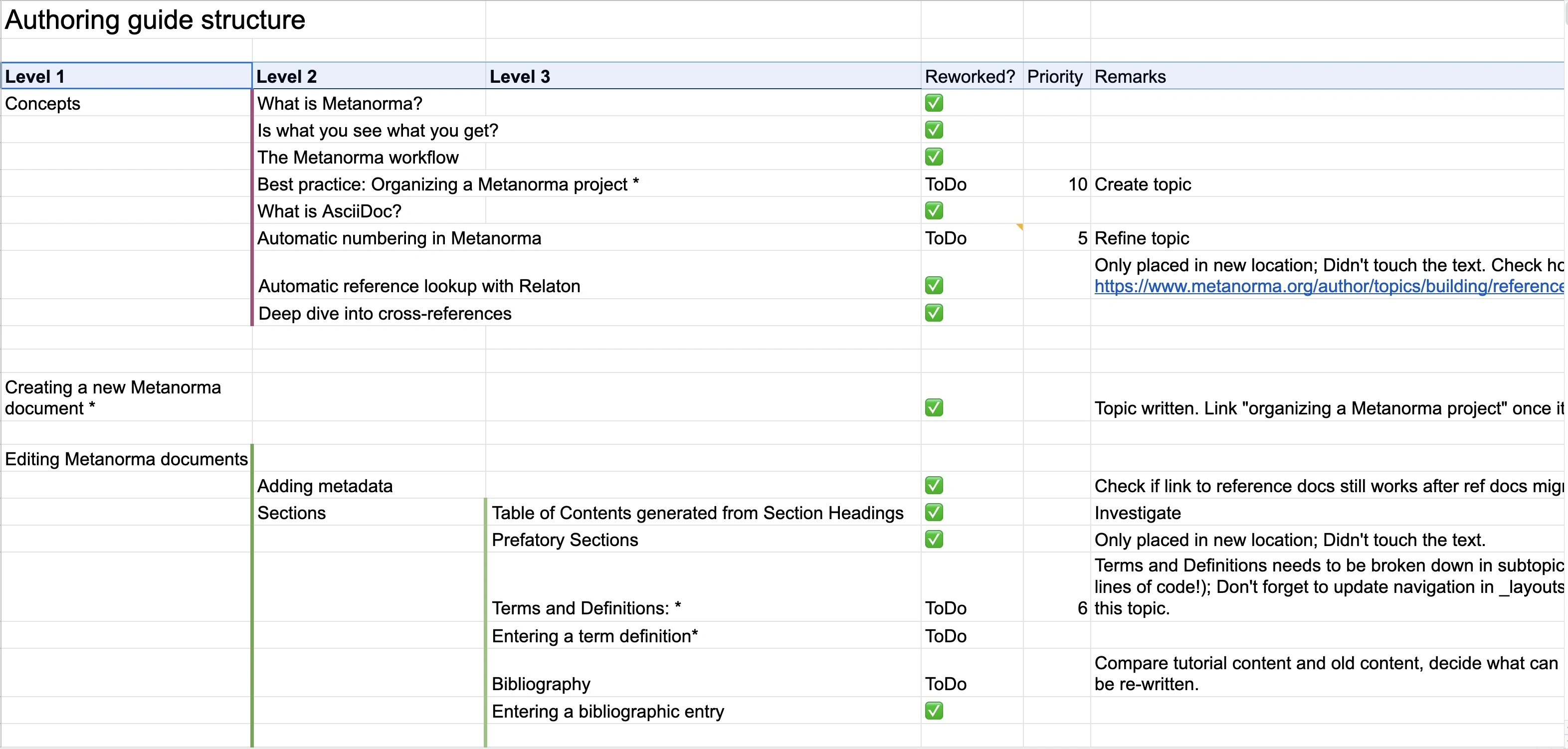Problem

Since most standard contributors author their documents in Word, they are used to working with a graphical user interface. Metanorma doesn't have buttons to format text - you need markup to do that. Users write text in AsciiDoc and Metanorma compiles different outputs, such as XML, Word, HTML, and PDF. To generate a document, you need to compile the source text using the Metanorma command line tool. Thus, new users are often struggling to adopt Metanorma and reach out to the project maintainers directly for support.

Metanorma uses AsciiDoc as a markup language. However, to provide features that standards organizations need, they extended the set of markup instructions. This extension is called "Metanorma AsciiDoc". For each standard organization, there are different rules to form a conformant document. An ISO standard takes requires different metadata than an IETF standard. This layered approach makes sense from an engineering perspective, however, even experienced users have difficulties finding the specific documentation they need.
